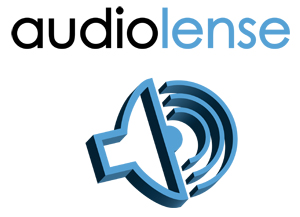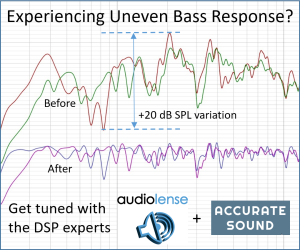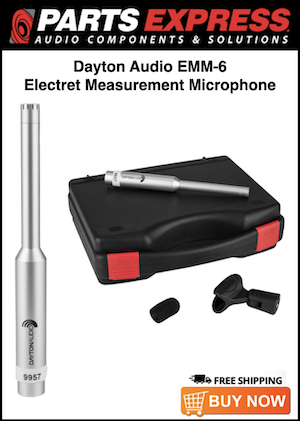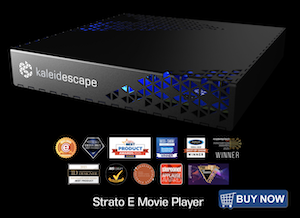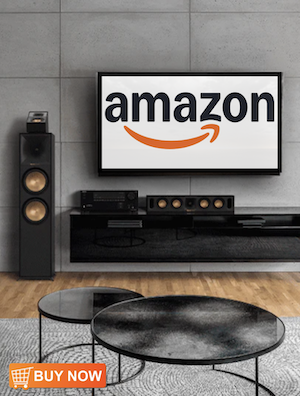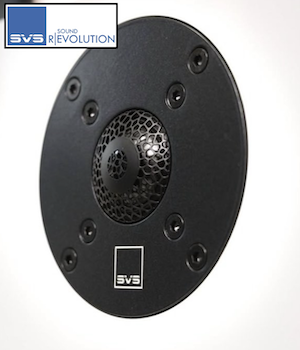dima1stg
Registered
Thread Starter
- Joined
- Dec 3, 2019
- Posts
- 65
Hi All,
Thinking of using AL, but need to make sure I could handle it (and it could handle me lol) before purchasing.
I'm almost 100% music listener with interests in tons of different jenres, if that makes any difference. Using 2x8 miniDSP and REW for a while, tried MSO as well. Was prettu much happy but have moved into place with terrible room acoustic - not treated open floor extenfing to dining room and kitchen with open pathway, half sloping ceiling, open 2nd floor, brick fireplace, you name it...
Current config consists of bi-amped B&W 683 S2 for mains (later may be tri-amped), may add B&W 603 as auxiliary mains for compensatory role. Subs are SVS SB-12NSD, and HSU ULS-15 MK2. In addition to usual perceptional flatness and clearness, I'll need to calculate optimal crossovers for all components. Not really interested to minimize seat-to-seat variations.
I'm a regular guy who knows very well what phase, standing waves, cancelation, interference are, but have not used advanced things like impulse response, step response, minimum and linear phase, etc., even though theoretically understanding most of these terms, have no idea how they affect listening experience and how to read graphs and make conclusions based on them.
So,
1. can a guy like me make a full use of AL without learning above mentioned advanced things, reading their graphs and making educated conclusions
2. if not, how adequate response/help can I really count on considering I'll be asking more or less basic (read "boring") questions
3. what frequency range is AL really useful for
4. what else should I be aware of
Many thanks!
Thinking of using AL, but need to make sure I could handle it (and it could handle me lol) before purchasing.
I'm almost 100% music listener with interests in tons of different jenres, if that makes any difference. Using 2x8 miniDSP and REW for a while, tried MSO as well. Was prettu much happy but have moved into place with terrible room acoustic - not treated open floor extenfing to dining room and kitchen with open pathway, half sloping ceiling, open 2nd floor, brick fireplace, you name it...
Current config consists of bi-amped B&W 683 S2 for mains (later may be tri-amped), may add B&W 603 as auxiliary mains for compensatory role. Subs are SVS SB-12NSD, and HSU ULS-15 MK2. In addition to usual perceptional flatness and clearness, I'll need to calculate optimal crossovers for all components. Not really interested to minimize seat-to-seat variations.
I'm a regular guy who knows very well what phase, standing waves, cancelation, interference are, but have not used advanced things like impulse response, step response, minimum and linear phase, etc., even though theoretically understanding most of these terms, have no idea how they affect listening experience and how to read graphs and make conclusions based on them.
So,
1. can a guy like me make a full use of AL without learning above mentioned advanced things, reading their graphs and making educated conclusions
2. if not, how adequate response/help can I really count on considering I'll be asking more or less basic (read "boring") questions
3. what frequency range is AL really useful for
4. what else should I be aware of
Many thanks!
Last edited:









